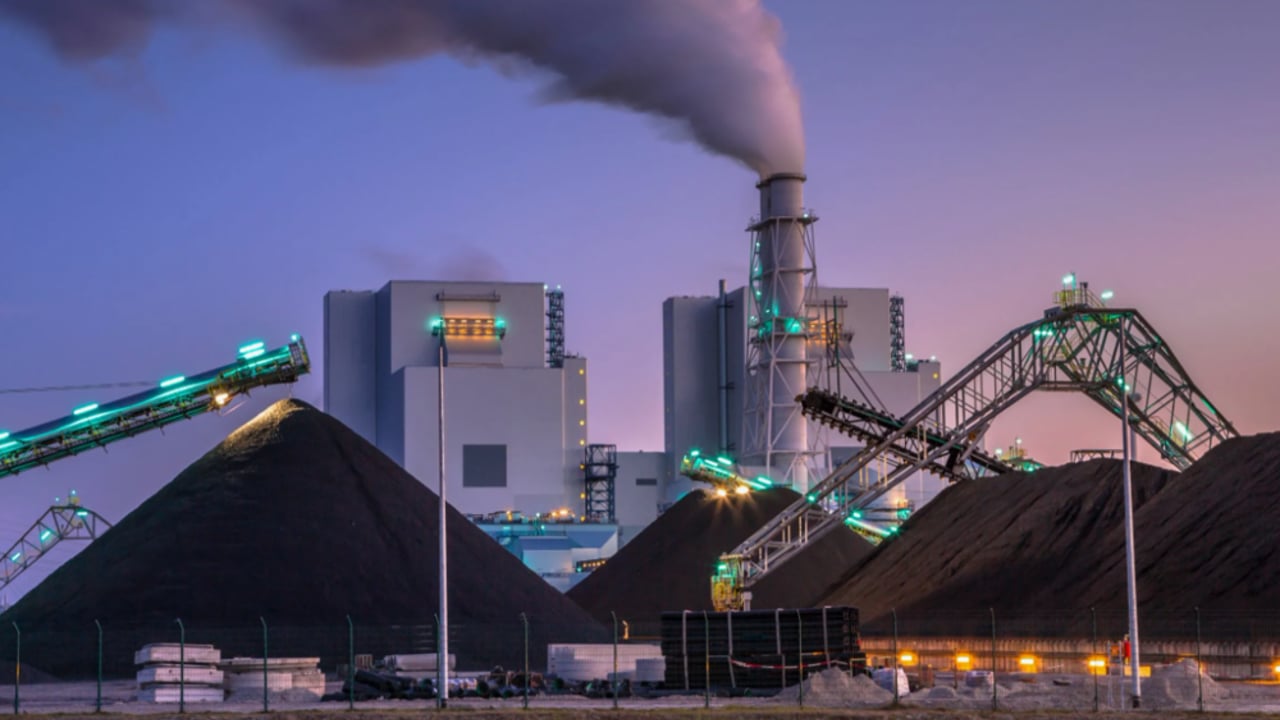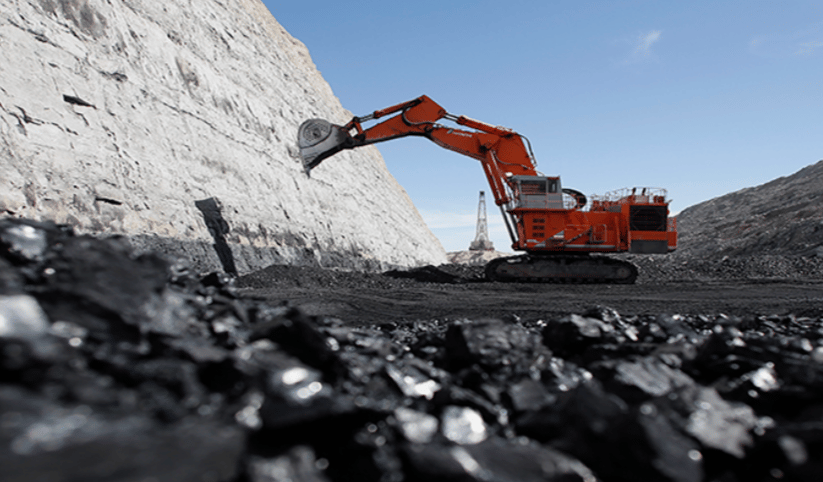Coal Power Challenges: Capacity Growth and Global Trends
In 2024, the growth rate of coal-fired plants reached its lowest level in the last 20 years, with an increase of just 18.8 gigawatts. Nevertheless, China and India continue to offset the closure of coal plants in other countries, maintaining their positions in the coal energy sector. According to the American analysis center, Global Energy Monitor (GEM), although the pace of growth is sluggish, the coal industry remains buoyant.
The Coal vs. Renewable Energy Paradox
Ironically, amidst record growth in renewable energy use, 44 GW of new coal plants were commissioned in 12 countries last year. This exceeds the 25.2 GW that were decommissioned during the same period. The GEM report highlights the stunning 2143 GW in global coal generation capacity, marking a 13% increase since the signing of the Paris Agreement nearly a decade ago, despite the active development of alternative energy sources.

Asia's New Energy Race
Key players on the global energy stage are still marking significant coal generation growth:
1. China continues to dominate by adding an additional 30.5 GW of coal-fired capacity in 2024. This accounts for over 70% of the world's coal capacity growth this year.
2. India is also actively expanding, consistently contributing to new coal plant construction for the second consecutive year.
3. Other Asian nations follow China and India, investing resources into new coal stations.
Global Situation Climate and Coal
- Emissions Control Concerns: Continued reliance on coal power raises concerns among environmentalists and international bodies about increasing greenhouse gas emissions.
- Transition to Renewables Initiatives: While countries struggle with coal dependence, many are taking active steps to shift towards renewable energy. This is evidenced by increased investments in solar and wind installations.
Conclusion
Despite various initiatives aimed at transitioning to green energy and international commitments, coal remains a central component in the energy system of many countries. The expansion of coal plants in China and India alongside heightened focus on environmental standards forms a complex dynamic shaping global energy. This balance between economic growth and ecological responsibility still demands more effective solutions.

















Comments